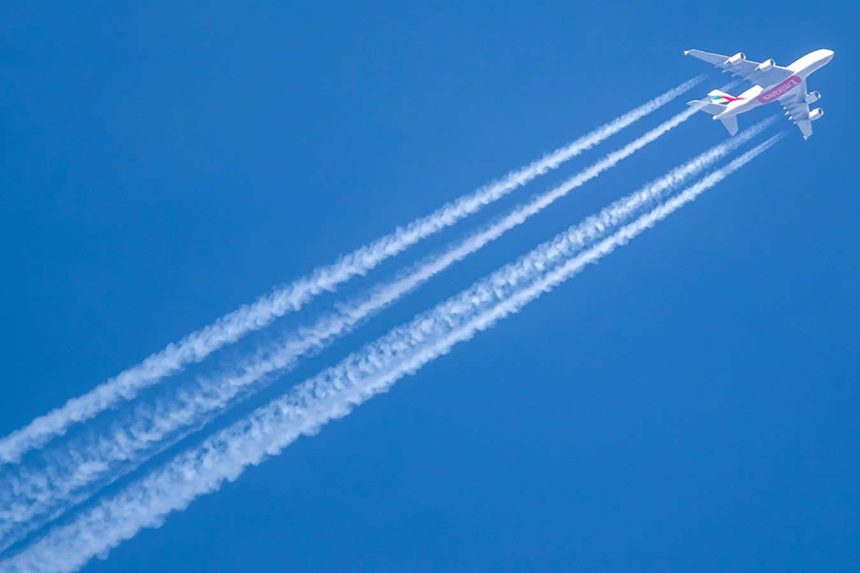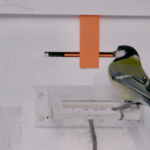The Impact of High-Flying Aircraft on Climate Change
Recent research indicates that commercial airliners and luxury jets operating at higher altitudes produce contrails that persist for extended periods. This phenomenon suggests a greater-than-anticipated impact on global warming stemming from aircraft emissions.
Understanding Contrails and Their Effects
Contrails, or condensation trails, form when water vapor from aircraft engines freezes in the cold upper atmosphere, creating ice crystals. When these trails linger longer in the sky, they can contribute to warming by trapping heat radiating from the Earth’s surface. Previous estimates regarding the extent of this contribution may have been significantly underestimated.
Modern Jets vs. Older Models: A Surprising Comparison
Interestingly, newer fuel-efficient aircraft may exacerbate this issue compared to their predecessors. While advancements have reduced fuel consumption and emissions during flights, their operational altitudes often lead to more enduring contrail formation. This unexpected side effect highlights the complexity of aviation’s role in climate change.
Revisiting Aviation’s Climate Footprint
As air travel continues to rise globally with approximately 4 billion passengers flying annually (World Bank data), understanding aviation’s environmental impact becomes increasingly critical. Policymakers must consider these findings when discussing sustainable solutions for the aviation sector.
This emerging understanding serves as a call to action for further research into mitigating contrail effects through technology or flight path adjustments while pushing towards more robust environmental initiatives within global travel practices.






